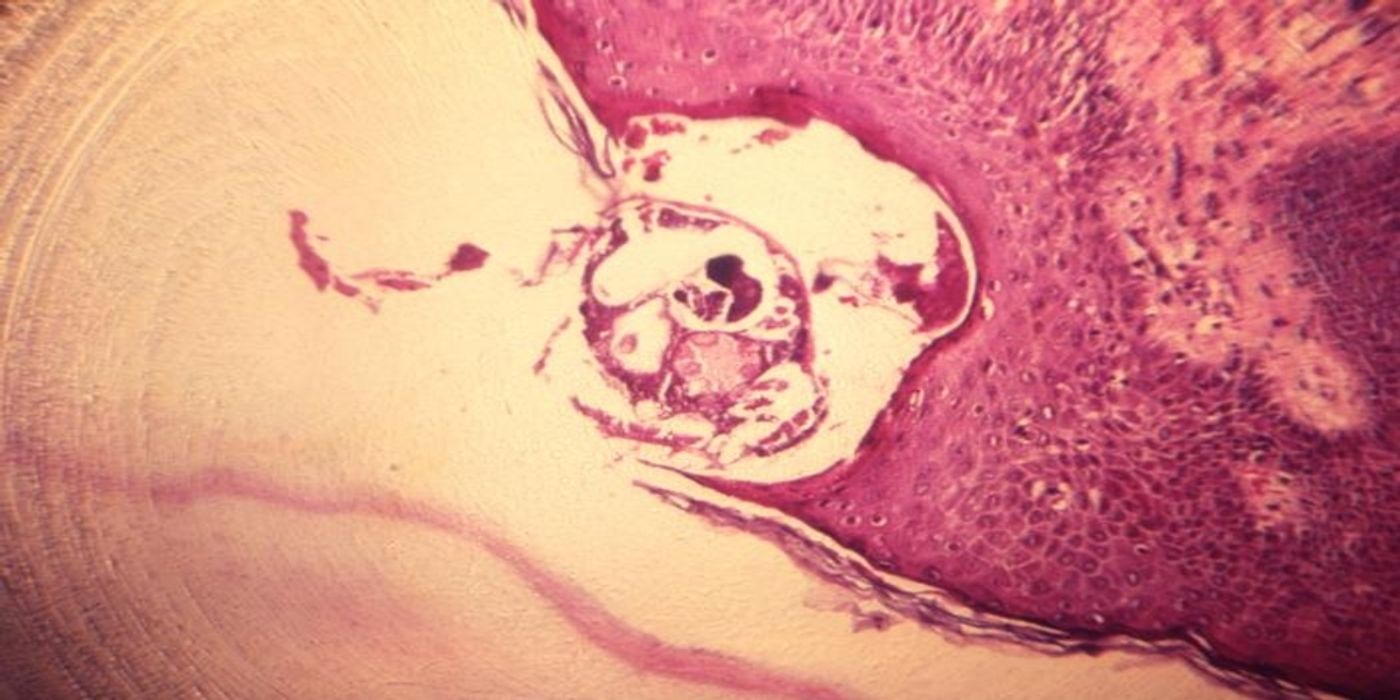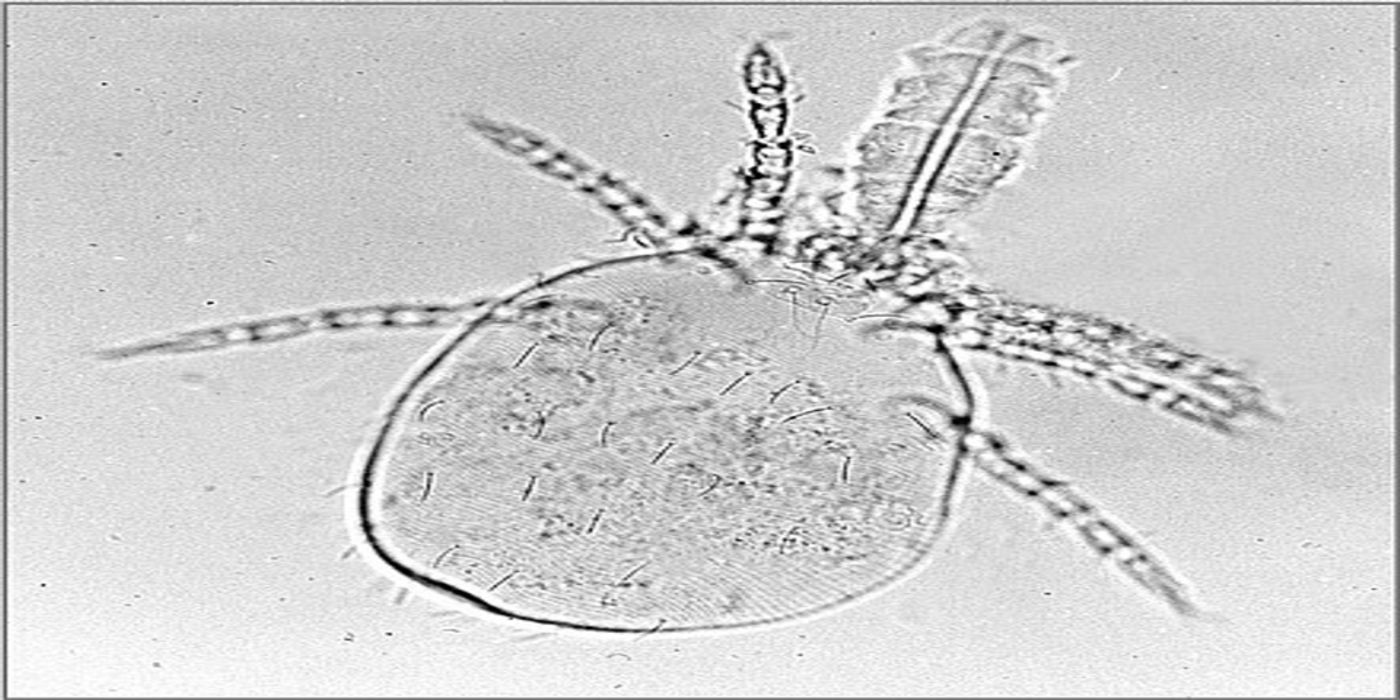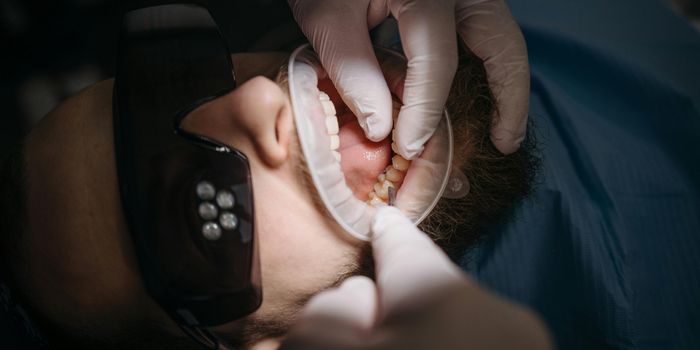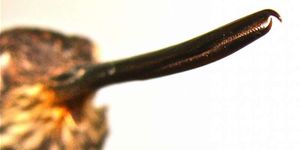The Creatures Living on Our Skin
While the images that you find on different websites of mites that live on humans may be frightening, most have a symbiotic relationship with us and are asymptomatic. However, there are three genera involved in human disease: Demodex, Sarcoptes, and Trombiculidae (chiggers). Demodex folliculorum and Demodex brevis are two species that cause the cutaneous disease, demodicosis, and may be involved in other skin diseases. Sarcoptes scabiei is probably the most well-known of the mites that infect humans and is responsible for the disease, scabies. Human infestation with Trombiculidae (chiggers) involves the larval form of the organism, which is found on different types of plants and vegetation.
Mites are the most diverse organisms within the class Arachnida and are further differentiated in the order, Acarina (or Acari). They are tiny, about 0.5-2.0 mm in length, and can be found on both animals and plants. They typically have four pairs of legs although some species may only possess one to three.
Sixty-five species of Demodex mites live on most mammals, but D. folliculorum and D. brevis are the two species that find their home in the sebaceous glands and hair follicles of humans. They are obligate human ectoparasites (live on the outside of its host). The Demodex mites are the smallest of the Acarina and measure between 0.15-0.4 mm making them visible only under a microscope.
Infestation in humans is common with prevalence in adults between 23-100%. Most of these infestations are asymptomatic, but they can cause skin disease if a person experiences primary or secondary immune suppression. They are frequently localized to the face, neck, and chest and feed on skin and sebaceous gland and duct cells. Infestations are more commonly found in men who are 20-30-years old and in the elderly. To be considered pathogenic, there needs to be a density greater than five mites per hair follicle.
Demodex mites have been implicated in skin diseases including:
- Rosacea and rosacea-like dermatitis
- Non-specific facial dermatitis (pruritis, seborrheic-like dermatitis, papulopustular lesions)
- Steroid rosacea
- Androgenetic alopecia (male-pattern baldness)
- Madarosis (loss of eyelashes)
Treatment with topical insecticides (crotamiton cream, permethrin cream) and oral or topical metronidazole can temporarily eradicate the mites; however, prevention through twice-daily cleansing with a non-soap cleanser and avoiding oily soaps and makeup is a more long-term option to control infestations. A diluted solution of 50% tea tree oil and macadamia or walnut oil is also very effective at killing Demodex mites.
Scabies in humans is an intensely pruritic condition, and Sarcoptes scabiei is often referred to as the itch mite. It is a global health problem and does not discriminate between age, race, or socioeconomic status; however, its prevalence is greater in children and people who are sexually active. Its difficulty in diagnosis has led to the term, the “7-year itch.” A compromised immune system such as HIV/AIDS and the elderly as well as people with leprosy are at a much higher risk of being infested with scabies. Some areas of the body are more frequently affected including genitals and buttocks, the waist, armpit, between the fingers, and elbow. The encrusted form of the disease is a more unpleasant manifestation as well as the most spreadable.
Scabies can also be treated by topical creams or ivermectin, but resistance to treatment is increasing. It was added by the WHO in 2013 as a neglected tropical disease creating soaring healthcare costs, social stigmatization, and possible complications in severe infestations. Studying scabies has been difficult due to the low number of mites infesting one person (5-15) and the necessity for a large sample size to generate statistically significant data. Potential new therapies include insect growth regulators, vaccination, new medications, and natural products.
The last mite to be discussed here is the Trombiculidae or chigger. The larvae bite, not the adults, and look like red, orange, or yellow dots on your skin or clothing. While both the Demodex and Sarcoptes mites burrow under the skin, chiggers do not. Instead, they use tiny pincers to break the surface of the skin and then inject saliva that digests skin forming a liquid on which to feed. It results in intense itching and a hive-like rash usually around the waistband or lower legs. Although they don’t carry diseases, scratching can lead to a secondary bacterial infection. Oils made from tea tree, lemongrass, and citronella as well as insect repellants with DEET applied to clothing around the waist, neckline, cuffs, and the tops of socks, are suitable for prevention.










